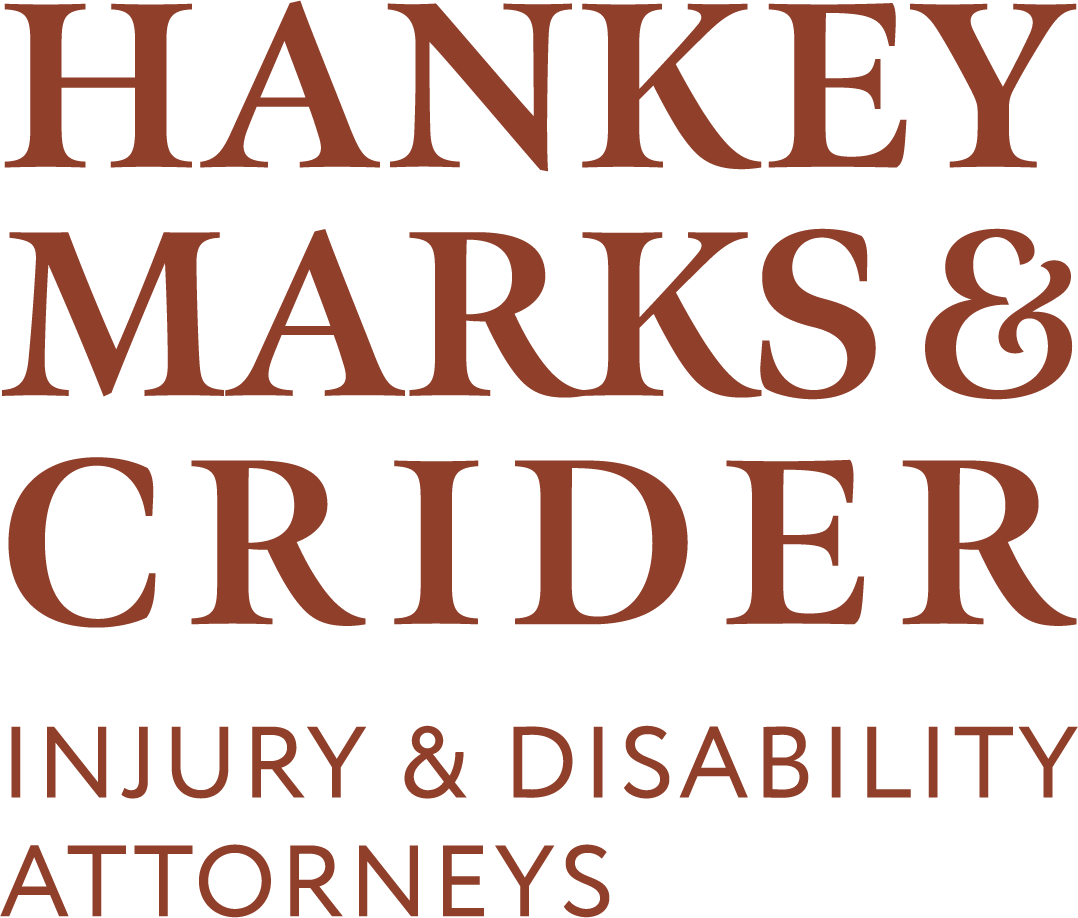An action is said to have “foreseeable consequences” if it can reasonably be assumed that it will cause a certain effect. This is a key test when determining if an action is considered negligence, as a person can only be considered liable if their actions breached a duty of care.
What Does “Forseeable Consequences” Mean?
One of the biggest issues that many victims of negligent behavior encounter is difficulty in determining whether or not an action had foreseeable consequences. Although this determination is relatively clear in some cases, in many others a defendant can argue that the consequences could not have been anticipated. Some of the criteria used to judge foreseeability include:
- The “But-For” Test: Would the consequences have not occurred but for the actions of the defendant?
- The time between the action and the consequences. The longer it takes for a consequence to manifest itself, the less likely it is that the action was its cause.
- The number of intervening factors. If a consequence occurs as a result of a series of actions, the consequence becomes less foreseeable as the number of factors between the initial action and the consequence increases.
An example of intervening factors would be if a defendant ran a red light, causing a car to have to slam on its brakes to avoid a collision. The car behind the braking vehicle then swerves out of the way to avoid a collision, striking a pedestrian. The original driver who ran the red light may argue that the pedestrian being struck was not a foreseeable consequence of running the light.
Contact Us
If you or a loved one has been injured by someone else’s negligence, contact the Indianapolis personal injury lawyers of Hankey Marks & Crider at 317-634-8565.

